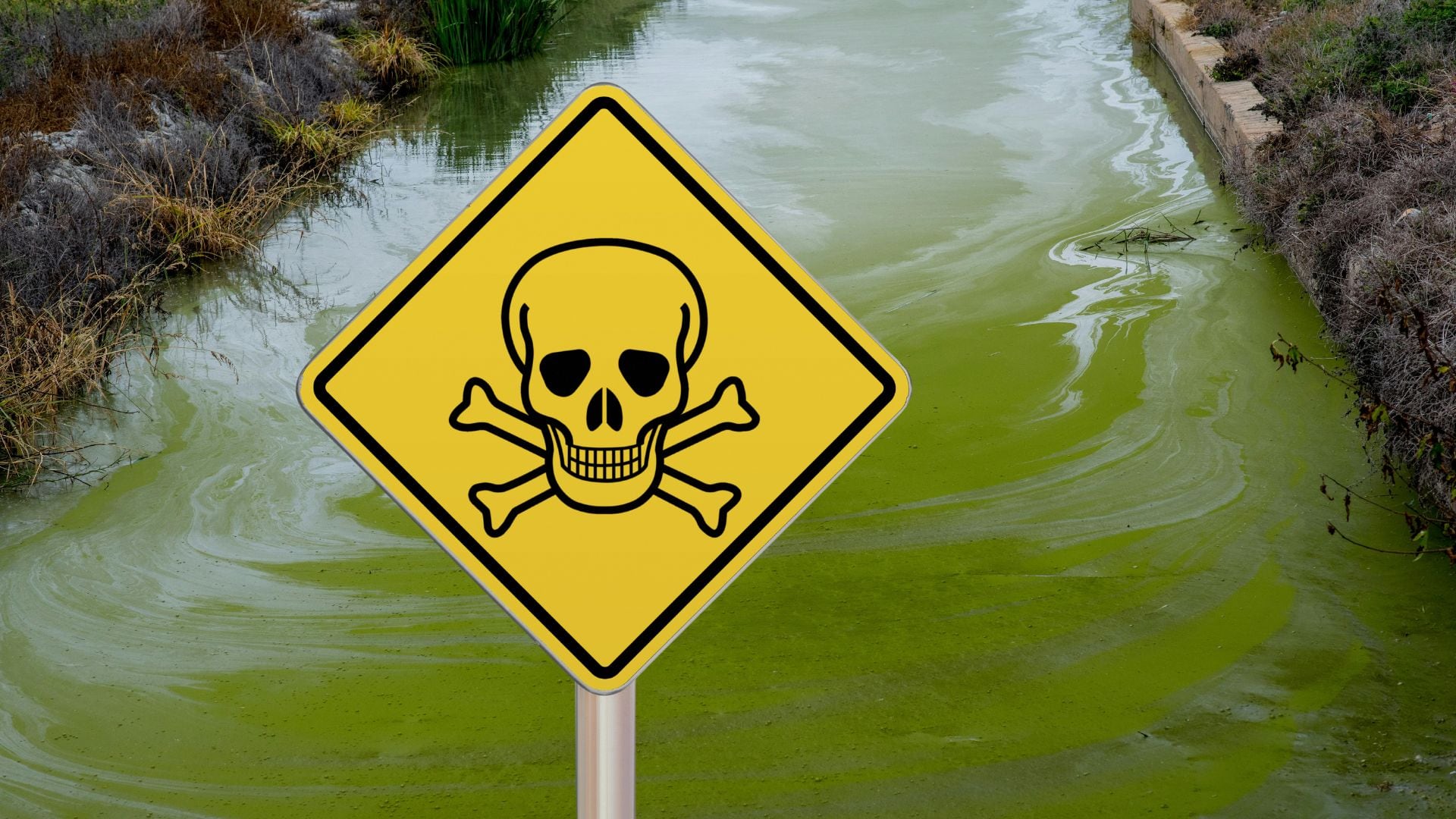My thoughts and prayers are with the residents of Harlem who have been afflicted with Legionnaires’ illness or who have lost loved ones to it.This outbreak, which has resulted in over 100 illnesses and six fatalities, was avoidable. Stopping it before more lives are lost must be the first concern right now, but state and local leaders must also concentrate on what proactive and preventative policies should be implemented.
LegionellaSoil and source water naturally contain the bacterium that causes legionnaires’ disease. Legionella enters our water distribution systems and into the plumbing of our homes, schools, hospitals, and workplaces when it is not sufficiently filtered and treated at the water treatment facility.
The majority of the water in New York City, including that which serves Central Harlem, is unfiltered since it is the only city in the nation that have an EPA filtration avoidance designation. In contrast to many other states, New York does not have any legally mandated minimum disinfectant residual requirements for treating the distribution system (chlorine), which allows harmful microorganisms to proliferate throughout the water system.
New York acknowledged that the amount of chlorine used to kill Legionella and other bacteria was somewhat low, with some samples displaying 0% disinfection, in a 2024 report to the EPA regarding its filtration avoidance. Vigilance becomes much more important as a result.
However, residents in the affected ZIP codes have been informed by the city’s health department that using the water in their buildings is safe. Has the city verified that there isn’t Legionella in Central Harlem by testing building water systems? If not, this advice is risky and even more misleading.
Officials from the Health Department have also made blatantly untrue claims that the bacteria is not known to exist in the internal plumbing of the building. The state Department of Health’s guidelines on Legionnaires should be reviewed by city leaders.Maintaining the water systems where Legionella grow—such as in hot tubs, cooling towers, hot water tanks, large building water distribution systems, and ornamental fountains—is essential to preventing Legionnaires disease.
The prevalence of Legionella should already be known to city officials. According to tests conducted by the General Services Administration, the bacteria have been discovered in a number of government buildings, including dozens of places in the plumbing system of a federal building in New York City. One of its employees later connected the germs to a case.
The truth is that you will discover bacteria anywhere you search for them. Biofilms in pipes can transfer bacteria downstream to households following disturbances like water main work, hydrant breaks, construction, or significant rains and flooding, as was the case in Harlem in mid-July.
Following the Bronx outbreak ten years ago, New York City enacted a regulation that strictly limits a single category of water-using devices. However, the NYC Health Department has falsely claimed that the shower and faucets are two distinct water systems, even though the same water utilized by a building with this technology also passes through each of them. This is untrue.
We’ve observed hundreds of isolated cases and outbreaks over the past ten years that have been linked to the city’s building water systems, including NYCHA housing, senior centers, workplaces, apartment complexes, and more.
We must address the entire water system, from source to tap, in order to shift from reaction to prevention.A statute requiring water management strategies for buildings and water companies, as well as more thorough investigations, public education, and case tracking, was recently passed in New Jersey.Similar regulations are in place in Illinois to reduce dangers upstream.
More thorough water management has been demanded by the CDC and EPA in order to address Legionella holistically rather than just one possible exposure location. Even the New York State Department of Health has released guidelines to lower the risk of exposure to Legionella bacteria at home, and I wholeheartedly concur that the public should be more informed, more alert, and more transparent about this illness and the aquatic bacterium that causes it.
This comprehensive strategy is essential, particularly given that 96% of Legionnaires infections are isolated and unrelated to outbreaks. While the science has progressed, the city’s strategy has not.
False promises and piecemeal policies are not enough for the people of New York. Instead of complacency, we must make sure that the lessons acquired from recent outbreaks result in significant action. If NYC doesn’t take comprehensive water safety seriously, this tragic cycle will continue. Our lives and health are at stake, so now is the moment to take action.
Brockovic is an activist for the environment. In 1993, Erin played a key role in developing a case against Pacific Gas & Electric Company (PG&E) for groundwater contamination in Hinkley, California, while working as a clerk for lawyer Ed Masry. Superman’s Not Coming: Our National Water Crisis and What We the People Can Do About It is another book she wrote.








